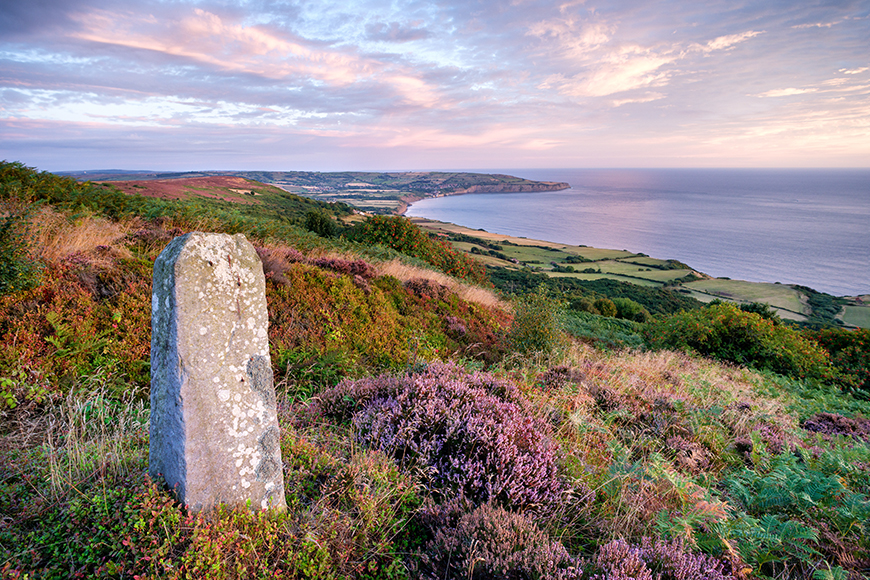The first thing you notice about the peaceful hamlet of Ravenscar, which is positioned on a 600-foot high headland, are the exhilarating views that go on for miles as your gaze follows the sweep of coastline towards Robin Hood’s Bay.

Today you’re likely to see and hear the abundance of wildlife on the cliffs below, on the surrounding moorland, or in the ancient woodland at nearby Hayburn Wyke, but in the 1700s it would have looked very different.
Back then Ravenscar, or Peak as it was known, was the site of one of Britain’s earliest chemical works, filled with the sounds and smells of locally quarried shale being processed to create alum, a chemical used to fix dyes in the cloth industry. The remains of the Peak Alum Works and its history can be found at the National Trust-run Ravenscar Visitor Centre
A century later, and with booming passenger numbers on the coastal railway line, Victorian developers planned to turn Ravenscar into an elegant seaside resort, only for the grandiose plan to flop. Since then the hamlet has been known as ‘The Town that never was’.
Ravenscar got its name in Victorian times. 'Scar' means 'cliff' or 'rocky outcrop' in Old Norse. You can see these 'scars' – hard layers of rock stretching out to sea – from the top of the moorland.
The former Scarborough to Whitby railway line - closed in 1965 - is now a 21-mile walking and cycling track known as the Cinder Track. It passes through Ravenscar, offering easy rides south to Cloughton and Hayburn Wyke or north to Robin Hood's Bay.
